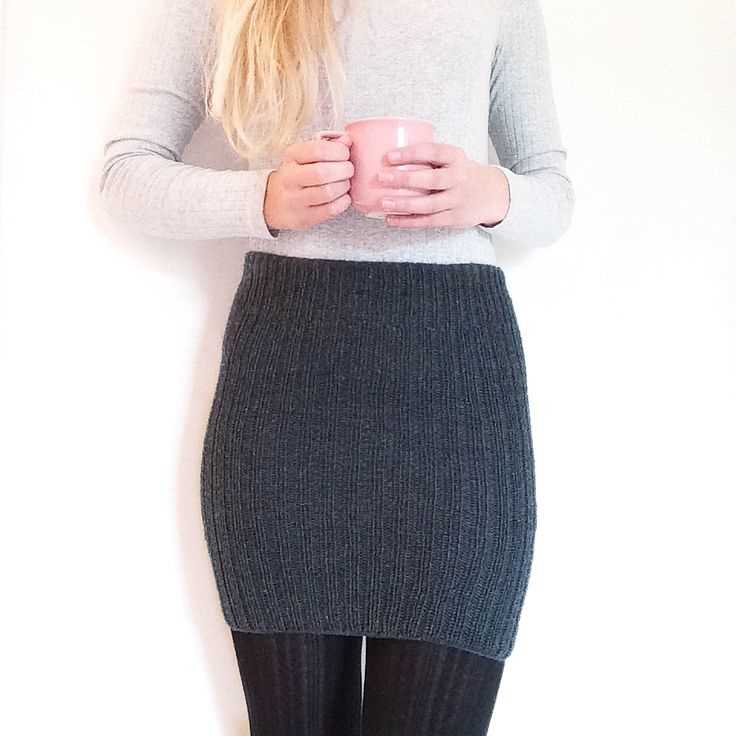
Are you a fan of mini skirts but having a hard time finding the perfect one? Look no further, because we have the solution for you! With our mini skirt knitting pattern, you can create your own unique mini skirt that fits perfectly and reflects your personal style.
Knitting your own mini skirt allows you to customize the design, color, and length to suit your preferences. Whether you prefer a classic A-line silhouette or a trendy high-waisted style, our pattern has got you covered. Plus, knitting your own skirt allows you to choose from a wide range of yarns, ensuring that you can create a skirt that is both comfortable and stylish.
Our mini skirt knitting pattern is suitable for knitters of all skill levels, from beginners to advanced. The pattern provides detailed instructions and helpful tips to guide you through the process, making it easy and enjoyable to create your own mini skirt. So why wait? Start knitting your dream mini skirt today!
Why Knitting a Mini Skirt is the Perfect Project for Beginners
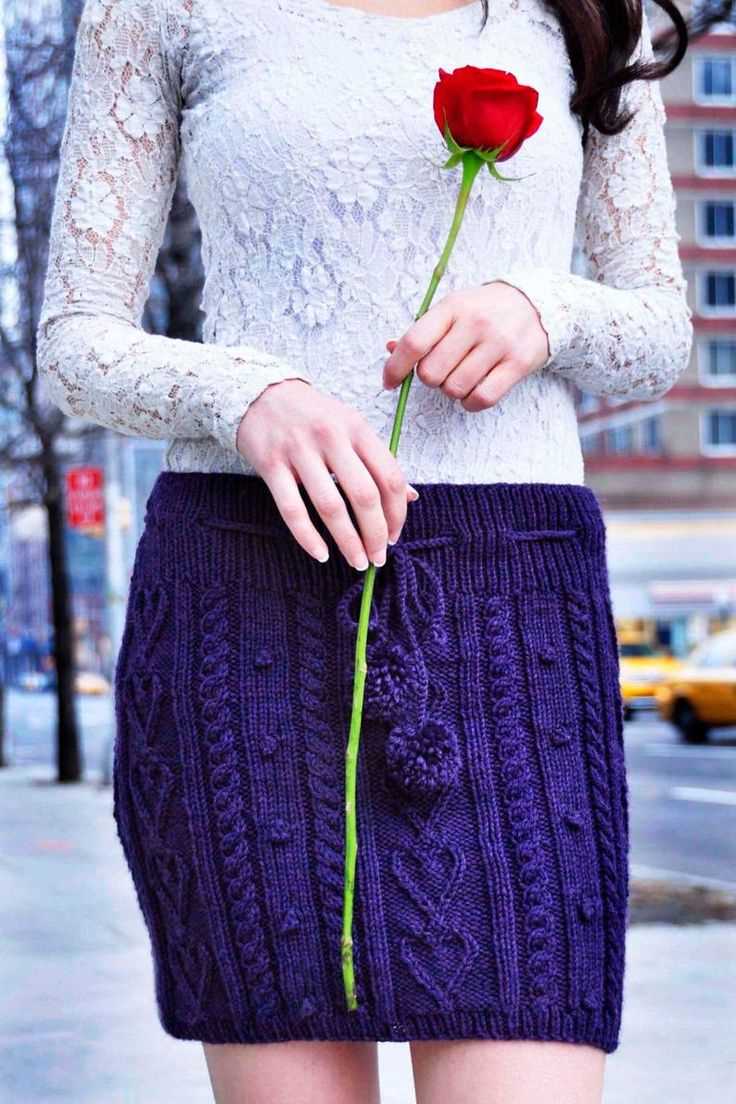
Knitting a mini skirt can be a great project for beginners who are looking to improve their knitting skills. Not only is it a fun and fashionable item to make, but it also provides an opportunity to learn and practice basic knitting techniques.
1. Simple Construction: One of the reasons why knitting a mini skirt is perfect for beginners is its simple construction. Most mini skirt patterns consist of basic stitches and straightforward shaping techniques, making it easier for beginners to follow along and complete the project.
2. Quick Project: Unlike larger knitting projects like sweaters or blankets, a mini skirt can be completed relatively quickly. This means beginners can see the results of their efforts sooner, providing a sense of accomplishment and motivation to continue exploring the world of knitting.
3. Versatility: Knitting a mini skirt also allows beginners to experiment with different yarns, colors, and stitch patterns. This versatility provides an opportunity to explore various techniques and materials, helping beginners develop their own unique knitting style.
4. Practicality: A mini skirt is not only a fashionable item but also a practical one. It can be worn on various occasions, making it a versatile addition to any wardrobe. Knitting a mini skirt allows beginners to create a practical and stylish garment that they can proudly wear and show off their knitting skills.
As beginners gain confidence and experience through knitting a mini skirt, they can then move on to more advanced projects, such as larger garments or intricate lace patterns. Knitting a mini skirt is the ideal starting point for beginners looking to embark on their knitting journey and explore the endless possibilities that this craft offers. So grab your knitting needles and get started on this exciting project today!
Choosing the Right Yarn and Needles for Your Mini Skirt Knitting Project
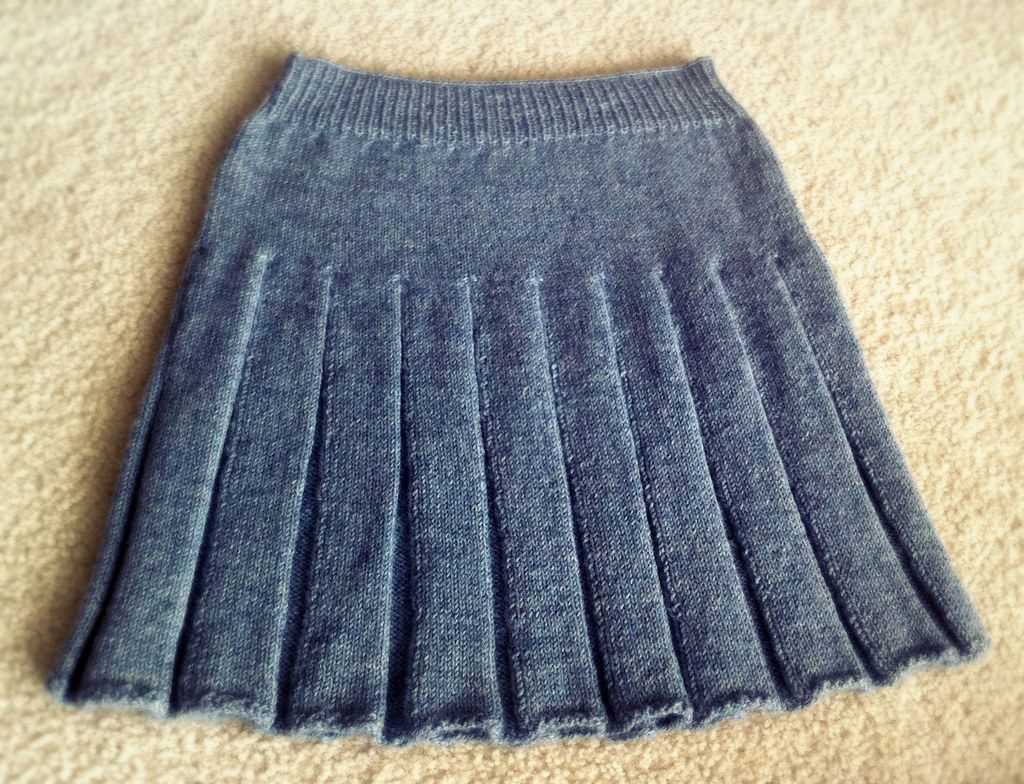
A mini skirt is a fashionable and versatile piece that can be a fun addition to your wardrobe. If you’re planning to knit your own mini skirt, choosing the right yarn and needles is essential to achieve the desired style and fit. Here are some tips to help you make the right choices.
Consider the season and climate: When selecting yarn for your mini skirt, think about the weather conditions in which you plan to wear it. If you’re knitting for the colder months, opt for a thicker and warmer yarn such as wool or alpaca. For warmer seasons, choose a lightweight yarn like cotton or linen to keep you cool and comfortable.
Take gauge into account: Gauge refers to the number of stitches and rows per inch in a knitted fabric. It’s crucial to achieve the correct gauge for your mini skirt to ensure the proper fit. Check the pattern instructions for the recommended gauge and use needles that will help you achieve it. Consider using a swatch to test your gauge before starting the skirt to avoid any surprises.
Select a yarn with good drape: Since a mini skirt is a form-fitting garment, it’s important to choose a yarn that has good drape. Drape refers to how the fabric hangs and flows when worn. Yarns with natural fibers such as silk or bamboo tend to have excellent drape and will give your skirt a flattering and elegant look.
Choose the right needle size: The needle size you use will affect the overall look and feel of your mini skirt. Generally, larger needle sizes create a looser and more relaxed fabric, while smaller needle sizes result in a tighter and denser fabric. Consider the desired drape and texture when selecting your needle size. If in doubt, it’s always a good idea to knit a small swatch and see how the fabric turns out before committing to the entire skirt.
Don’t forget about yarn care: Lastly, consider the care instructions for the yarn you choose. Some yarns may require special care such as hand-washing or dry-cleaning, while others can be safely machine-washed. Choose a yarn that aligns with your preferred care routine to ensure your mini skirt stays looking its best for a long time.
By considering these factors and making informed choices about yarn and needle selection, you can create a beautiful and well-fitting mini skirt that you’ll be proud to wear. Happy knitting!
Essential Knitting Techniques for Creating a Beautiful Mini Skirt
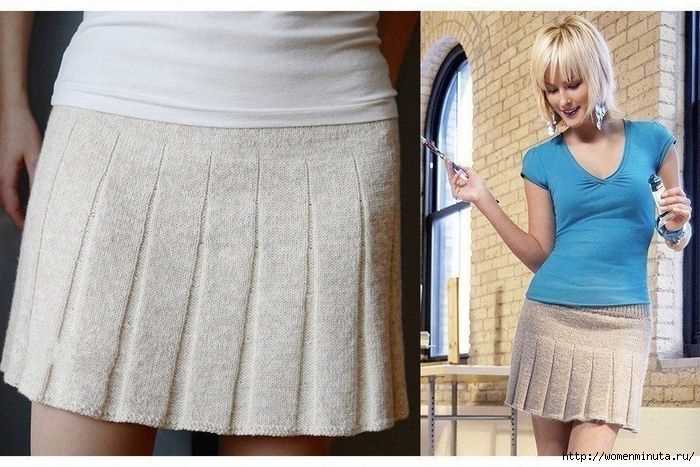
Knitting a mini skirt can be a fun and rewarding project for any knitter. Whether you’re a beginner or an experienced knitter, there are a few essential techniques you’ll need to master in order to create a beautiful mini skirt. By understanding these key techniques, you’ll be able to create a stylish and customized garment that fits you perfectly.
1. Casting on: The first step in knitting a mini skirt is to cast on the required number of stitches. This will determine the width of your skirt. There are several casting on techniques to choose from, including the long-tail cast on and the knitted cast on. Experiment with different methods to find the one that works best for you.
2. Knit and purl stitches: The knit and purl stitches are the building blocks of knitting. By combining these two basic stitches, you can create a wide variety of textures and patterns in your mini skirt. Practice knitting and purling in various combinations to create ribbing, seed stitch, and other decorative elements.
3. Decreases and increases: To shape your mini skirt, you’ll need to learn how to decrease and increase stitches. Decreasing involves knitting or purling two stitches together, while increasing involves adding an extra stitch. These techniques allow you to create shaping for the waist and hips of your skirt.
4. Seamless knitting: Seamless knitting is a technique that eliminates the need for sewing seams in your mini skirt. By using circular knitting needles, you can knit your skirt in the round, creating a seamless and professional-looking finished product. This technique is especially useful for mini skirts, as it allows for a smooth and seamless silhouette.
5. Finishing techniques: Once you’ve completed the main body of your mini skirt, you’ll need to finish off the edges. Techniques such as binding off, picking up stitches, and adding ribbed waistbands or hemlines can give your skirt a polished and professional look. Take the time to carefully finish off your mini skirt to ensure a high-quality finished product.
By mastering these essential knitting techniques, you’ll be able to create a beautiful mini skirt that is both stylish and customized to your own preferences. Don’t be afraid to experiment with different stitch patterns, colors, and yarns to create a mini skirt that is unique to you. Happy knitting!
Tips and Tricks for Adjusting the Size and Length of Your Mini Skirt
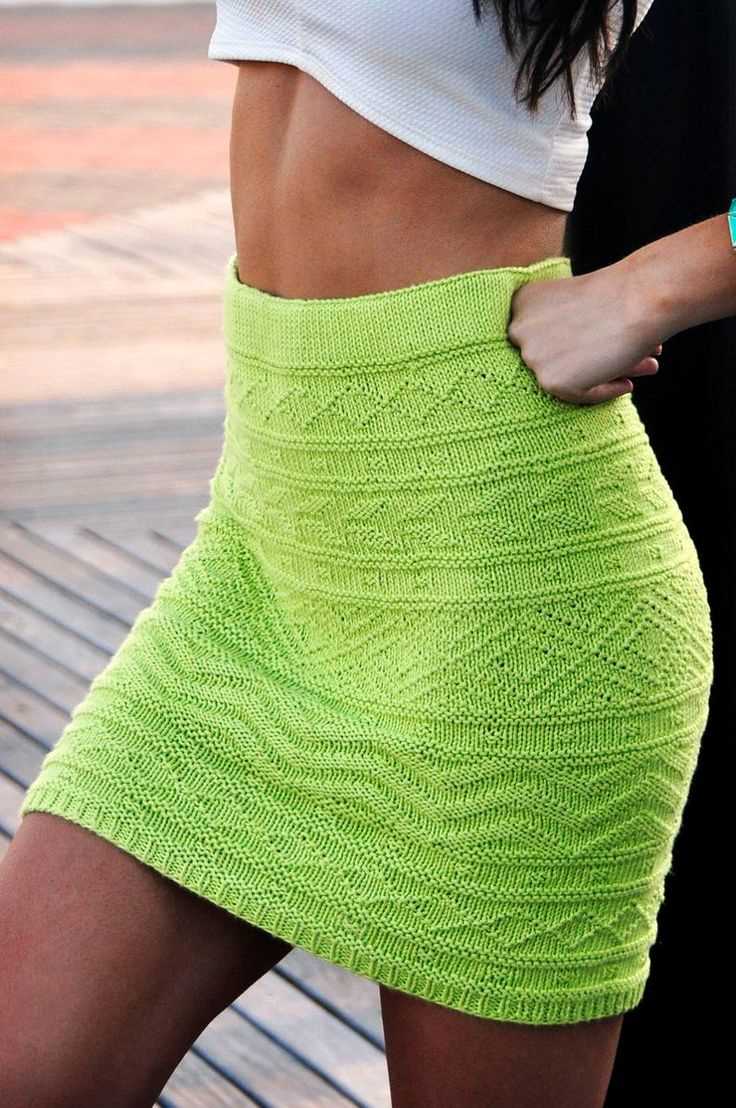
When it comes to knitting a mini skirt, it’s important to get the size and length just right. Whether you’re going for a snug fit or a looser style, here are some tips and tricks to help you adjust the pattern to your liking.
1. Measurements are key: Before you start knitting, take accurate measurements of your waist, hips, and desired length. This will help you determine the number of stitches and rows needed for your mini skirt. Remember to consider stretch when choosing your size.
Adjusting the Size:

- Adding stitches: If your waist or hips are larger than the measurements given in the pattern, you may need to add extra stitches to the cast-on row. Divide the difference by the gauge to calculate the number of stitches needed.
- Removing stitches: If your waist or hips are smaller, you can easily remove stitches from the cast-on row. Divide the difference by the gauge and subtract that number from the total number of stitches in the pattern.
- Increments: If you need to increase or decrease the size gradually, you can add or subtract stitches evenly throughout the pattern. Be sure to keep track of your changes to maintain the overall design.
Adjusting the Length:
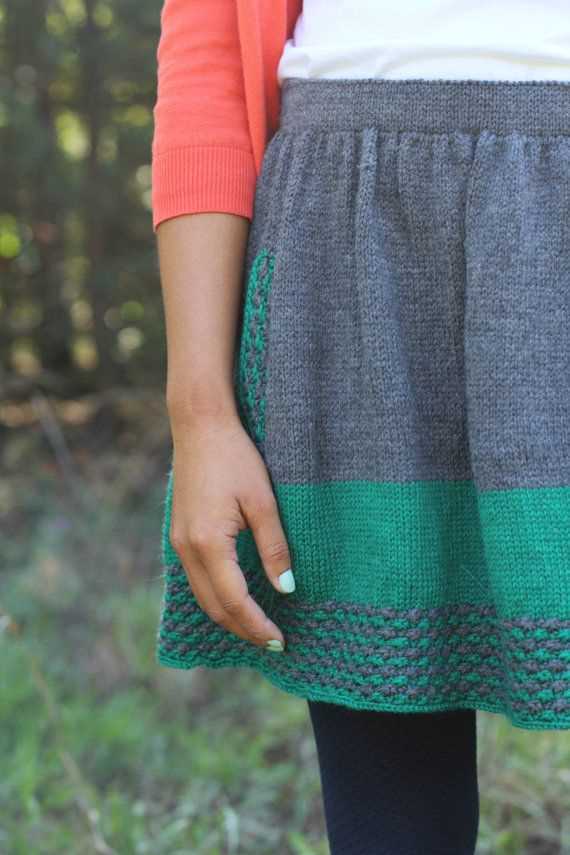
- Adding rows: To make your mini skirt longer, simply add additional rows before starting the decreases for the waistband. Keep in mind that this will also require more yarn.
- Removing rows: If you prefer a shorter mini skirt, you can omit some of the rows before starting the waistband decreases. Just make sure to maintain the pattern’s stitch count and proportions.
- Customization: Feel free to experiment with the length of your mini skirt to suit your personal style. Some may prefer a mid-thigh length, while others may want it shorter or longer.
Remember, adjusting the size and length of a mini skirt knitting pattern requires careful planning and attention to detail. By considering your measurements and following these tips and tricks, you’ll be able to create a miniskirt that fits perfectly and flatters your figure.
Adding Stylish Patterns and Designs to Your Mini Skirt
When it comes to making your mini skirt stand out in the crowd, adding stylish patterns and designs can make all the difference. Whether you prefer a bold and eye-catching print or a subtle and intricate design, there are plenty of options to choose from.
An easy way to add some flair to your mini skirt is by incorporating unique knitting patterns. From classic cable knits to delicate lace designs, these patterns can elevate your skirt from basic to extraordinary. Consider using a textured stitch like the seed stitch or the basketweave pattern for added visual interest.
Striped skirts are another popular option when it comes to adding patterns to your mini skirt. Whether you opt for horizontal or vertical stripes, this design choice can create a sleek and modern look. Experiment with different colors and widths of stripes to find the perfect combination for your style.
If you’re looking for a more intricate design, consider fair isle knitting. This technique involves knitting with multiple colors to create intricate patterns and motifs. Fair isle patterns can add a touch of elegance and sophistication to your mini skirt, making it a truly unique piece.
Embroidery is also a great way to add a personal touch to your mini skirt. Whether you choose to embroider a simple floral pattern or a more elaborate design, this technique can add texture and dimension to your skirt. Consider using metallic threads or beads for a touch of glamour.
Incorporating patterns and designs into your mini skirt can take it to the next level. Whether you choose to use knitting patterns, stripes, fair isle knitting, or embroidery, adding these elements can make your skirt truly unique and stylish. So go ahead and unleash your creativity to create a mini skirt that reflects your personal style!
Creating a Flattering Fit with Shaping Techniques for Your Mini Skirt
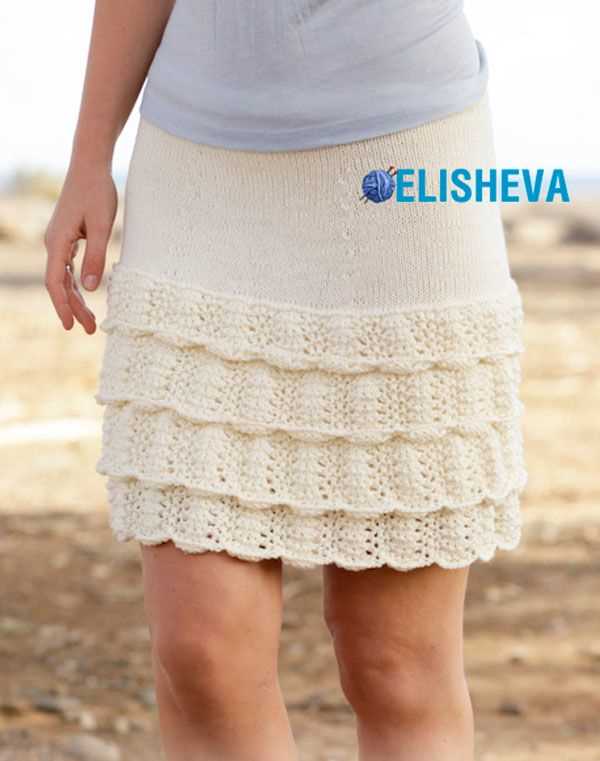
A mini skirt is a versatile and trendy garment that can be worn for various occasions. However, it is important to ensure that your mini skirt fits well and flatters your body shape. By using shaping techniques when knitting your mini skirt, you can create a garment that hugs your curves in all the right places.
One of the key shaping techniques to consider is increasing and decreasing stitches strategically. To create a flattering fit, you can increase stitches gradually at the waist and hips to accommodate your curves. This will prevent the skirt from clinging too tightly and emphasize your natural shape. Conversely, decreasing stitches towards the hemline can create a tapered and slimming effect.
Another shaping technique to consider is adding darts. Darts are triangular-shaped sections that are sewn or knitted into the fabric to provide shaping and contouring. By adding darts at the waist and hips, you can create a more tailored and flattering fit. These darts can be placed strategically to accommodate different body shapes, such as hourglass, pear, or apple.
When knitting a mini skirt, it is important to consider the length and proportions. Opt for a length that hits at a flattering point on your legs, such as just above the knee or mid-thigh. Additionally, consider the overall proportions of the skirt. A slightly A-line shape can be flattering for most body types, as it provides room at the hips while still maintaining a defined waistline.
In conclusion, by using shaping techniques such as increasing and decreasing stitches, adding darts, and considering the length and proportions, you can create a mini skirt that flatters your body shape and enhances your curves. Experiment with different techniques and designs to find the perfect fit for you.
Finishing Touches: Binding off, Blocking, and Seaming Your Mini Skirt
After completing the knitting pattern for your mini skirt, there are a few final steps you’ll need to take to give it a polished and professional finish. These finishing touches include binding off, blocking, and seaming your skirt.
Binding Off:
The first step in finishing your mini skirt is to bind off your stitches. This is done by knitting the first two stitches as normal and then passing the first stitch over the second stitch and off the needle. Continue this process until you have bound off all the stitches, cutting the yarn and leaving a tail for weaving in later. This will create a neat and secure edge for your skirt.
Blocking:
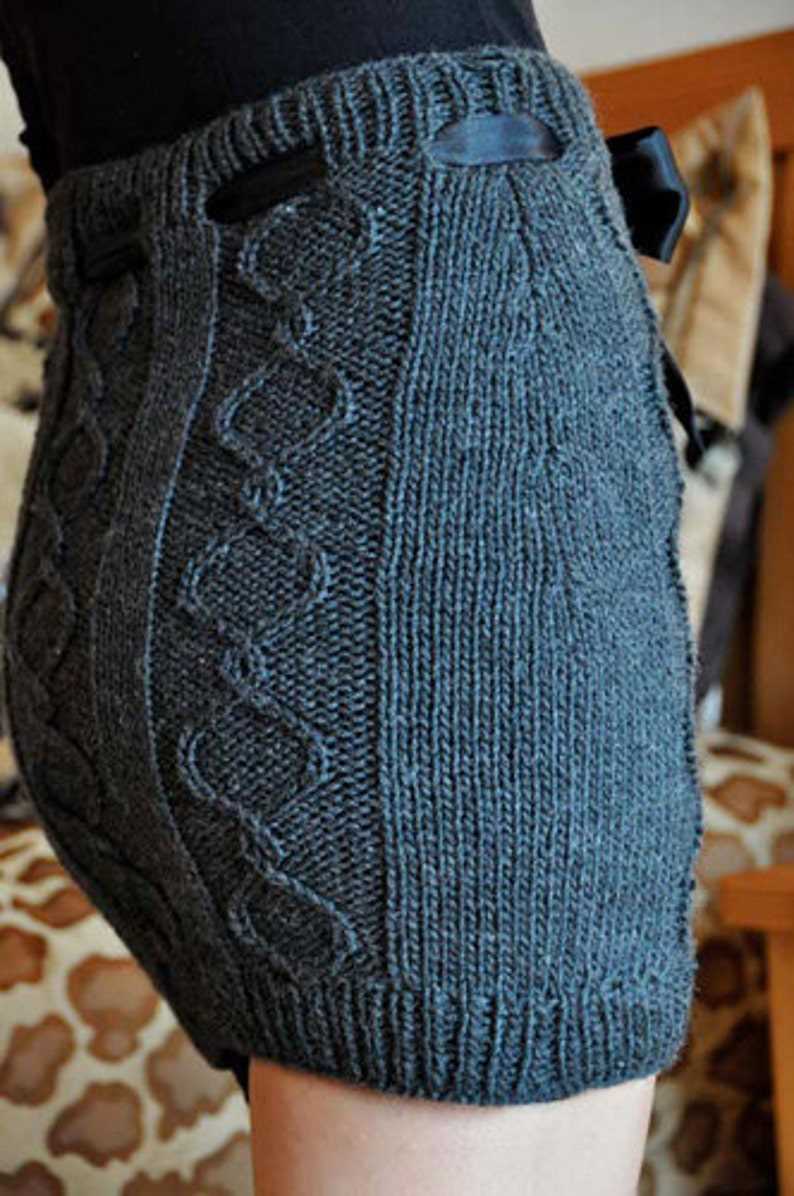
Blocking is an important step in the finishing process as it helps to shape your skirt and even out any inconsistencies in your knitting. To block your mini skirt, pin it to a blocking mat or surface, gently stretching and shaping it into the desired dimensions. Once you are happy with the shape, spray it with water or steam it to set the stitches. Allow the skirt to dry completely before moving on to the next step.
Seaming:
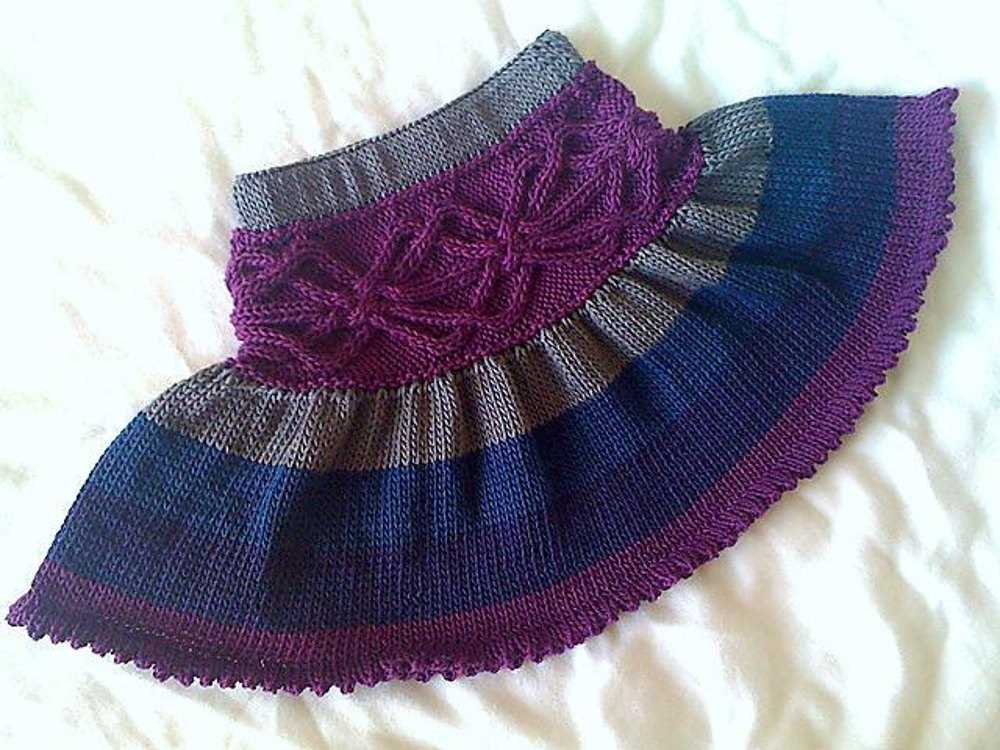
Finally, it’s time to seam your mini skirt together. If you have knitted your skirt in separate panels, you will need to sew these panels together using a sewing needle and the same yarn used for knitting. Match the edges of the panels and use a whip stitch or mattress stitch to sew them together. Be sure to weave in any loose ends and trim any excess yarn for a clean and seamless finish.
By following these steps of binding off, blocking, and seaming, you will transform your knitted mini skirt into a beautifully finished garment. Take your time and pay attention to detail to ensure the best results. Once completed, you can proudly wear your mini skirt knowing that it was made with care and attention to detail.
Exploring Different Styles: A-Line, Pencil, and Pleated Mini Skirts
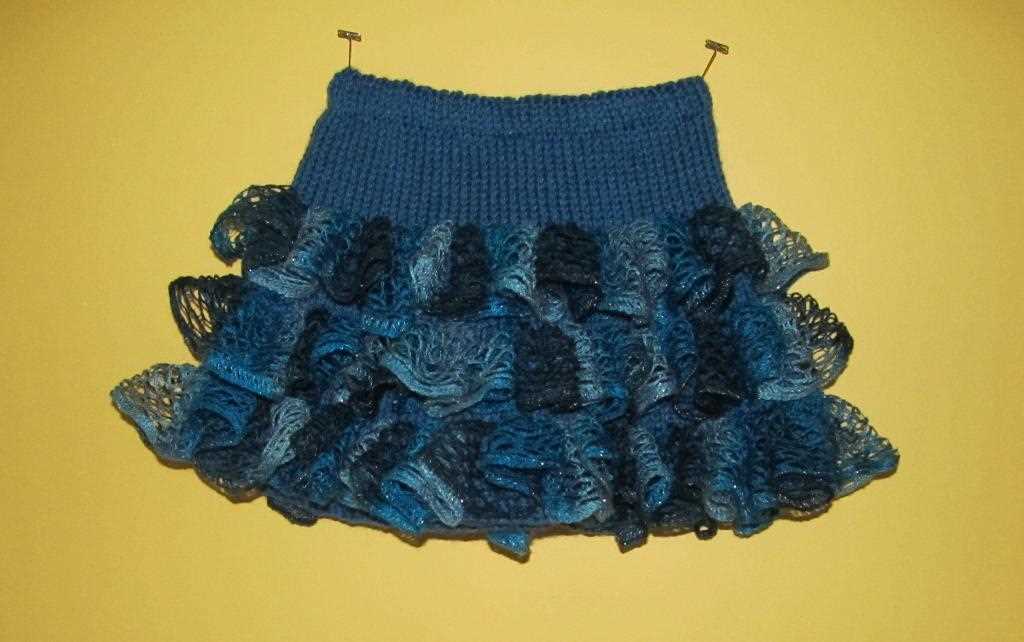
Mini skirts are a timeless fashion trend that have been popular since the 1960s. They come in various styles, each offering a unique look and fit. Whether you prefer a flared A-line silhouette, a sleek pencil skirt, or a playful pleated design, there is a mini skirt knitting pattern to suit your style.
The A-line mini skirt is a classic choice that flatters all body shapes. This style is characterized by its wide, flared shape that cinches at the waist and then gradually widens towards the hem. The A-line mini skirt is versatile and can be dressed up or down depending on the occasion. Knitting an A-line mini skirt pattern allows you to customize the length and color, making it a fun and creative project.
If you’re looking for a more figure-hugging option, the pencil mini skirt is a perfect choice. This style clings to the body and accentuates the curves, creating a sleek and elegant look. A pencil mini skirt knitting pattern typically features a high waist and a slim fit. Choose a stretchy yarn for added comfort and ease of movement.
For those who prefer a more playful and feminine look, a pleated mini skirt is an excellent option. Pleats add volume and movement to the skirt, creating a flirty and fun silhouette. Knitting a pleated mini skirt pattern requires attention to detail, as the pleats need to be carefully calculated and incorporated into the design. However, the end result is worth the effort, as a pleated mini skirt adds a touch of whimsy to any outfit.
Summary:
- A-line mini skirts offer a flared silhouette and can be dressed up or down.
- Pencil mini skirts hug the body and create a sleek and elegant look.
- Pleated mini skirts are feminine and playful, adding volume and movement to the outfit.
Knitting a Mini Skirt with Fun Details: Pockets, Buttons, and Zippers
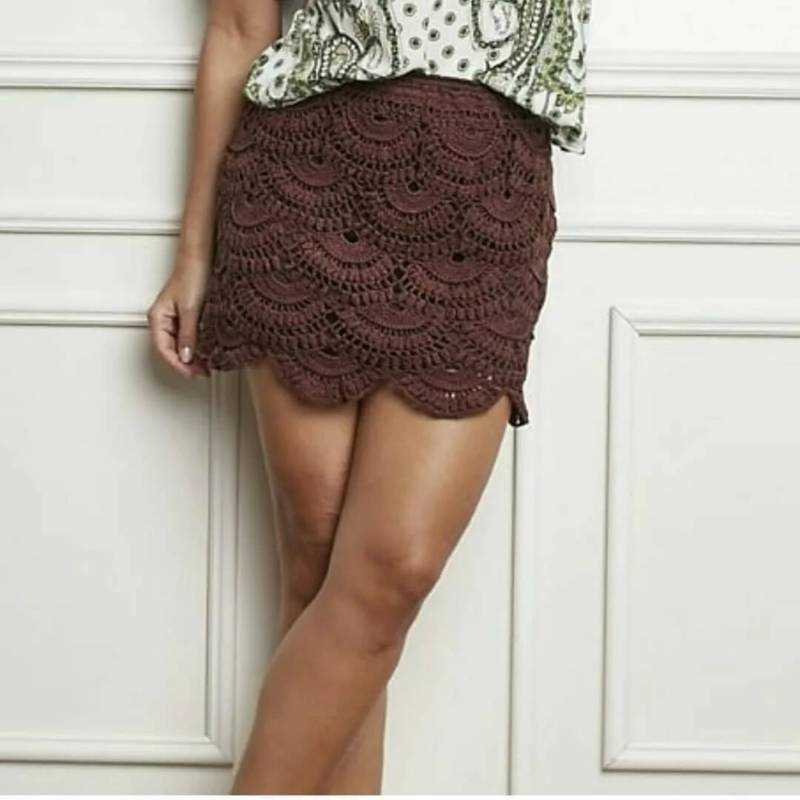
If you’re looking for a knitting project that combines fashion and functionality, a mini skirt with fun details like pockets, buttons, and zippers is the perfect choice. Knitting your own mini skirt allows you to customize the fit and style to your liking, and adding these extra details takes it to the next level.
Pockets are not only practical but can also add a unique touch to your mini skirt. You can choose to knit basic patch pockets, which are simple and easy to add to the front or back of the skirt. For a more intricate look, you can try knitting in-seam pockets, which are seamlessly integrated into the side seams of the skirt. These pockets can be knitted in a contrasting color or yarn type to make them stand out.
Buttons can be a fun and decorative addition to your mini skirt. You can either knit buttonholes directly into the fabric or attach knitted button bands to create a closure. Depending on the style you’re going for, you can use large statement buttons for a bold look or smaller, more delicate buttons for a subtle touch.
Zippers can add a modern and edgy vibe to your mini skirt. Knitting a skirt with a zipper requires a bit more advanced skills, but the end result is definitely worth it. You can either sew a pre-made zipper onto the knitted fabric or learn how to knit a zipper in directly. Either way, a zipper adds a professional finish to your skirt and makes it easier to put on and take off.
If you’re feeling adventurous, you can even combine these fun details and create a mini skirt that features all three – pockets, buttons, and a zipper. This will result in a one-of-a-kind garment that truly reflects your personal style and knitting skills. Don’t be afraid to get creative and experiment with different color combinations, stitch patterns, and yarn textures to make your mini skirt truly unique.
Enchanting Embellishments: Knitting Lace and Cables for Your Mini Skirt
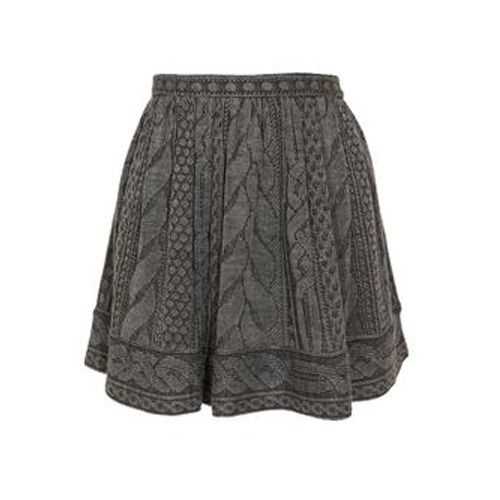
Get ready to turn heads with your stylish and unique mini skirt, adorned with enchanting lace and intricate cables. Knitting lace and cables adds a touch of elegance and sophistication to any garment, and your mini skirt is no exception. Whether you’re a beginner or an experienced knitter, incorporating these beautiful embellishments into your project will take your knitting skills to the next level.
Lace: Lace patterns are delicate and airy, creating a feminine and romantic look. Knitting lace for your mini skirt can be done using a variety of stitches and techniques, such as yarn overs and decreases. From simple eyelet patterns to more intricate designs, lace adds a touch of delicacy and charm to your mini skirt. Choose from a wide range of lace motifs, such as flowers, leaves, or geometric patterns, to create a unique and stunning piece that reflects your personal style.
Cables: If you prefer a more textured and structured look, knitting cables is the way to go. Cables are created by crossing stitches over each other, resulting in a twisted and intertwined appearance. Incorporating cables into your mini skirt design will add depth and dimension, making it stand out from the crowd. Experiment with different cable patterns, such as braids or diamonds, to create a visually striking and visually appealing garment.
- Combine lace and cables: For a truly captivating mini skirt, why not combine lace and cables? This combination creates a visually stunning contrast, with the delicacy of the lace and the boldness of the cables complementing each other perfectly. You can experiment with different ways to incorporate both elements into your design, such as knitting lace panels with cable accents or vice versa.
- Play with colors and yarns: To further enhance the beauty of your mini skirt, consider playing with colors and yarns. Opt for a luxurious and soft yarn that drapes well for a more elegant look. You can also experiment with using variegated yarns to add depth and interest to your lace and cable patterns. Additionally, consider incorporating contrasting colors or subtle pops of color to make your mini skirt truly eye-catching.
- Personalize with finishing touches: To add a personal touch to your mini skirt, consider adding some finishing touches. This could include adding buttons, beads, or ribbons to accentuate certain sections of your lace or cables. You could also experiment with different edging techniques, such as picot or scalloped edges, to give your mini skirt a polished and refined look.
Knitting lace and cables for your mini skirt opens up endless possibilities for creating a truly enchanting and unique garment. By incorporating these embellishments into your knitting project, you’ll not only showcase your knitting skills but also create a standout piece that is sure to turn heads wherever you go.
Conclusion
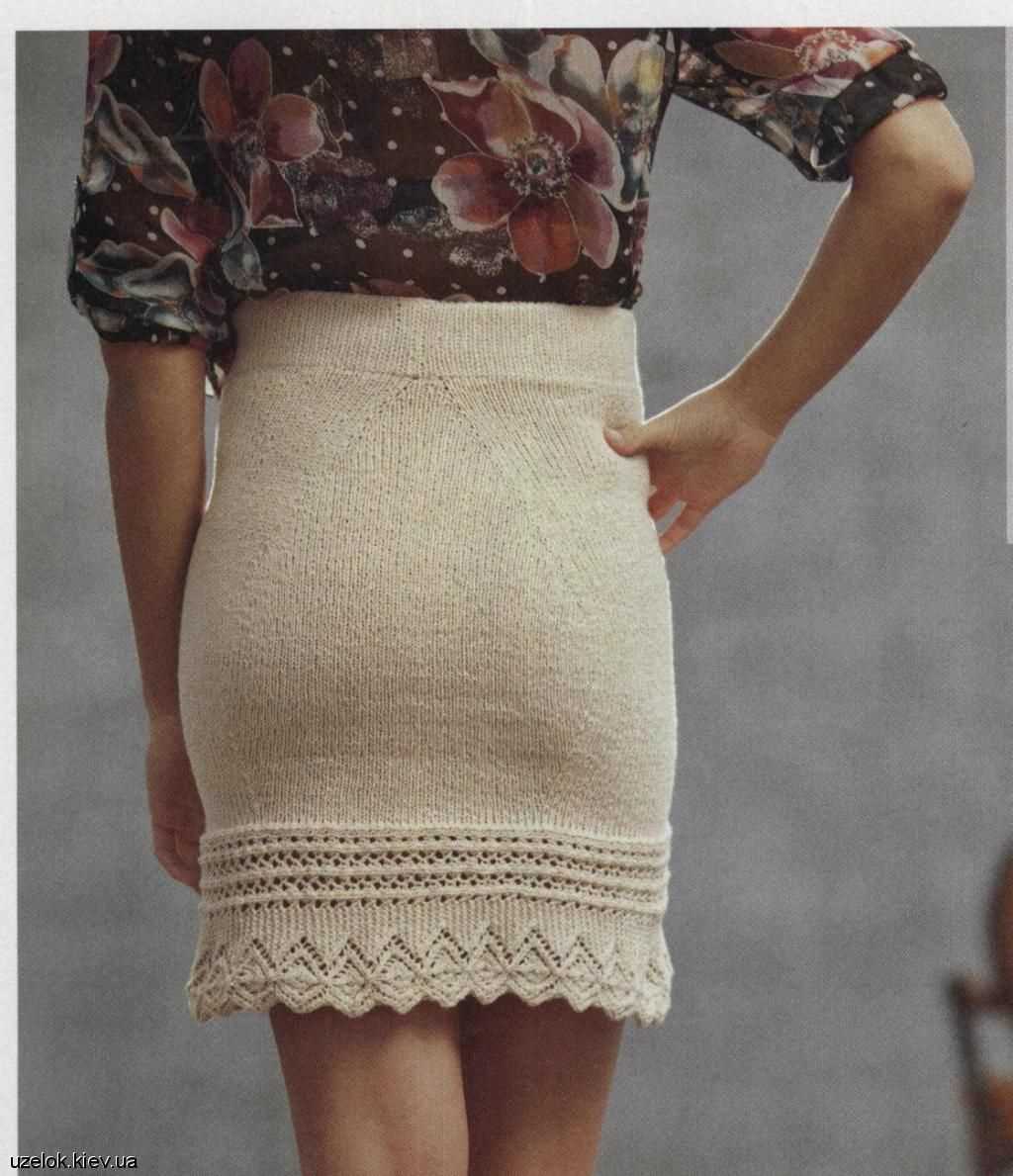
In conclusion, mini skirt knitting patterns offer a fun and stylish way to showcase your knitting skills and create a versatile wardrobe item. Whether you’re a beginner or an experienced knitter, there are plenty of free online resources available to help you find the perfect pattern for your desired mini skirt. By exploring different websites, blogs, and online communities dedicated to knitting, you can discover a wide range of patterns that cater to different skill levels and fashion tastes.
When choosing a mini skirt knitting pattern, consider the level of difficulty, the materials required, and the desired finished look. Take into account your personal style and fashion preferences to ensure that the mini skirt you knit will be a cherished addition to your wardrobe. Don’t be afraid to experiment with different textures, colors, and stitch patterns to add a unique touch to your mini skirt.
Remember to always read the pattern instructions thoroughly before starting your project and to take accurate measurements to ensure a proper fit. Additionally, don’t hesitate to seek help from online knitting communities, forums, or tutorial videos if you encounter any difficulties during the knitting process.
Happy knitting, and enjoy creating your very own mini skirt!